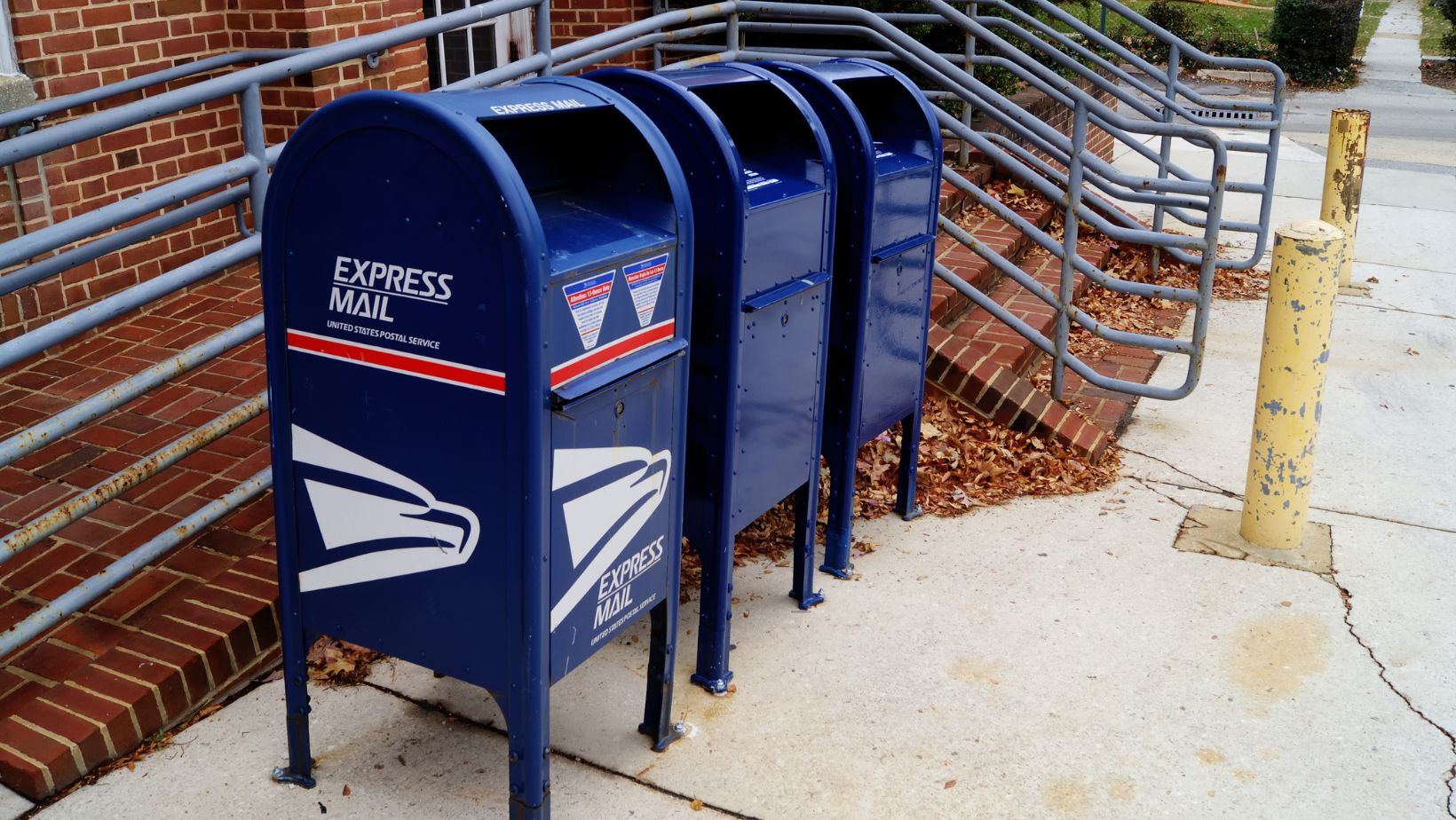Whether you are a business or a student mailing your university, everyone has their run-in with USPS services. If you’re mailing for the first time, then you may not know which service is appropriate for your circumstances. The factors to consider are wide-ranging, from the delivery times you want, the kind of item you’re sending in the mail, and the size of the item.
This article differentiates between USPS standard mail and first-class mail to help you choose the service that best suits your circumstances.
What is Standard Mail?
Standard mail is also known as marketing or bulk mail. This is because it is often used to send marketing materials such as flyers, posters, brochures, newsletters, and cards. Businesses use standard mail a lot since it is relatively cheap, and you can send anything that is non-confidential through it. The downside for Standard Mail is that there is a requirement for mail to be in bulk quantities.
Standard mail is known for its longer delivery times, often going from 3-10 days. As a result, it is ideal for mailing purposes that aren’t urgent. Standard mail is often not encouraged for time-sensitive mailing or purposes where frequent correspondence is necessary.
What is First Class Mail?
First Class mail is another service offered by the USPS. First-class mail is used for immediate or time-sensitive deliveries. It is much quicker than standard mail, taking between 1-5 days. The features and the pricing of First-Class mail differ based on the size of the envelope. First-Class mail can be used for confidential or business-to-business mailing. It is also suitable for purposes of quick correspondence.

If you choose First Class mail, you will also be eligible for additional services such as mail forwarding. With Standard Mail, these services can only be availed at an additional cost, but with First Class mail, these additional services are offered free of cost.
Key Differences Between Standard Class and First Class Mail
This section helps you select between the mailing options by comparing their services and features.
- Price: Standard Mail is much cheaper than First Class Mail
- Shipping Time: First Class Mail is suitable for quick deliveries while Standard Mail can take up to 10 days
- Purpose: Standard Mail is suitable for non-confidential and marketing purposes while First Class Mail is suitable for personal and business correspondence
- Additional Services: Standard Mail includes no additional services while First-Class Mail includes forwarding and return services in the mail pricing
How to Send Your Mail Through USPS
If you have decided which mailing service you are going to use, the next step is to ensure that you have the accurate location or address. This is a crucial step in preparing your mail to be sent because if you enter the wrong mailing address it can cause a lot of delay and hassle in delivery. To make sure that your mailing address is accurate, you can use address search services online to match the address you have with the recipient.

Next, you will have to select the right postage for your mail. You can use the USPS website to determine the postage costs based on the weight of your package, and the location you want it shipped to.
In the final step, you will have to visit the USPS office and drop off your package. If you plan to use Standard Mail, then you will have to make sure that your package meets the minimum bulk requirement. You can contact your USPS location for the updated bulk minimum requirements. Generally, the requirements are 200 pieces of mail or 50 pounds of mail.
What to Do After Mailing
Now that you have sent your mail through your chosen service, you can track it to ensure everything is going smoothly. If anything seems amiss, then you can contact your local USPS partner or location to check delivery progress with them.
Choosing Between Standard Mail vs First Class
USPS is a reliable mailing service provider that handles unlimited quantities or mail both internationally and domestically. Choose standard mail if you are sending bulk mail, and want a more economical option. For personal, confidential or time-sensitive mail, you can opt for First-Class mail.


